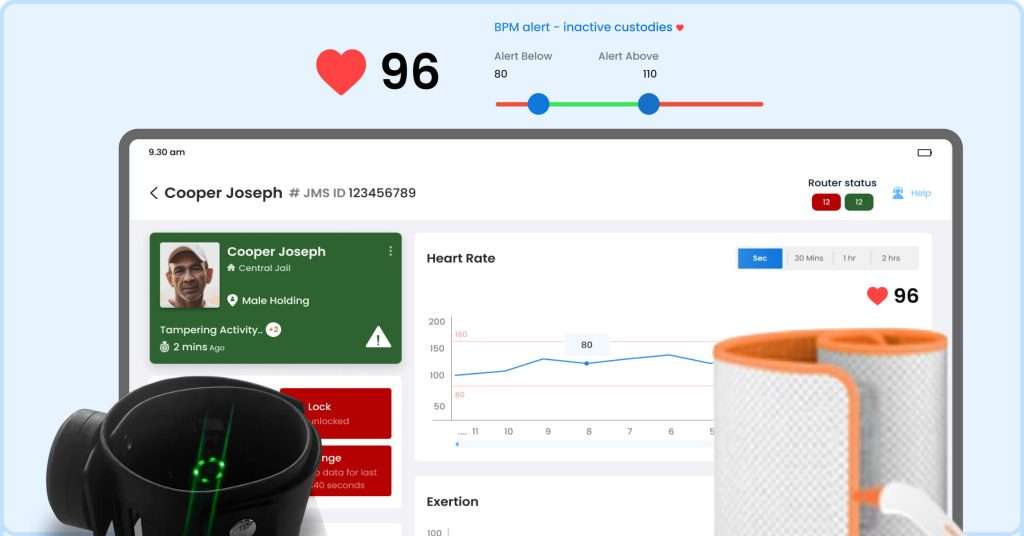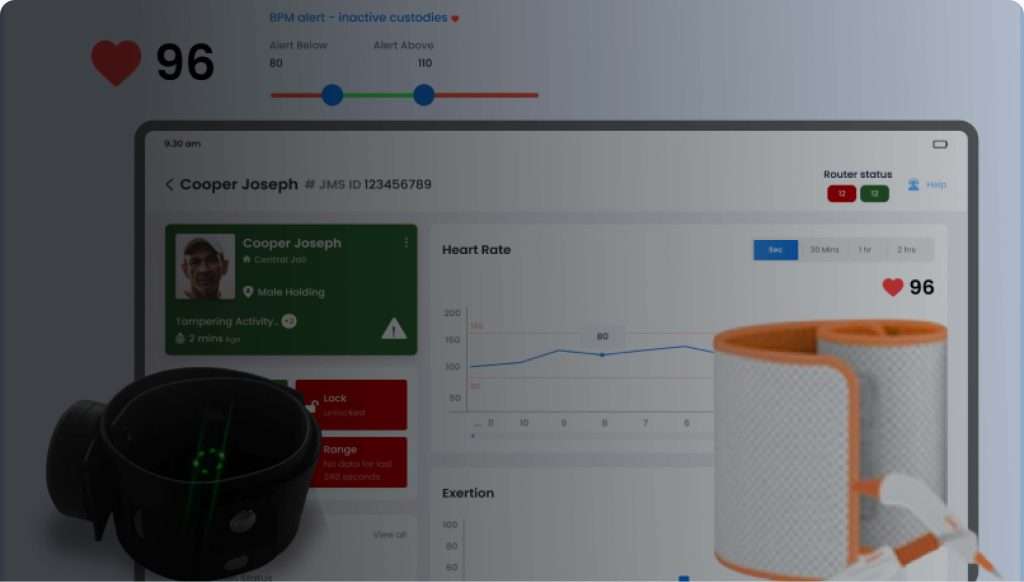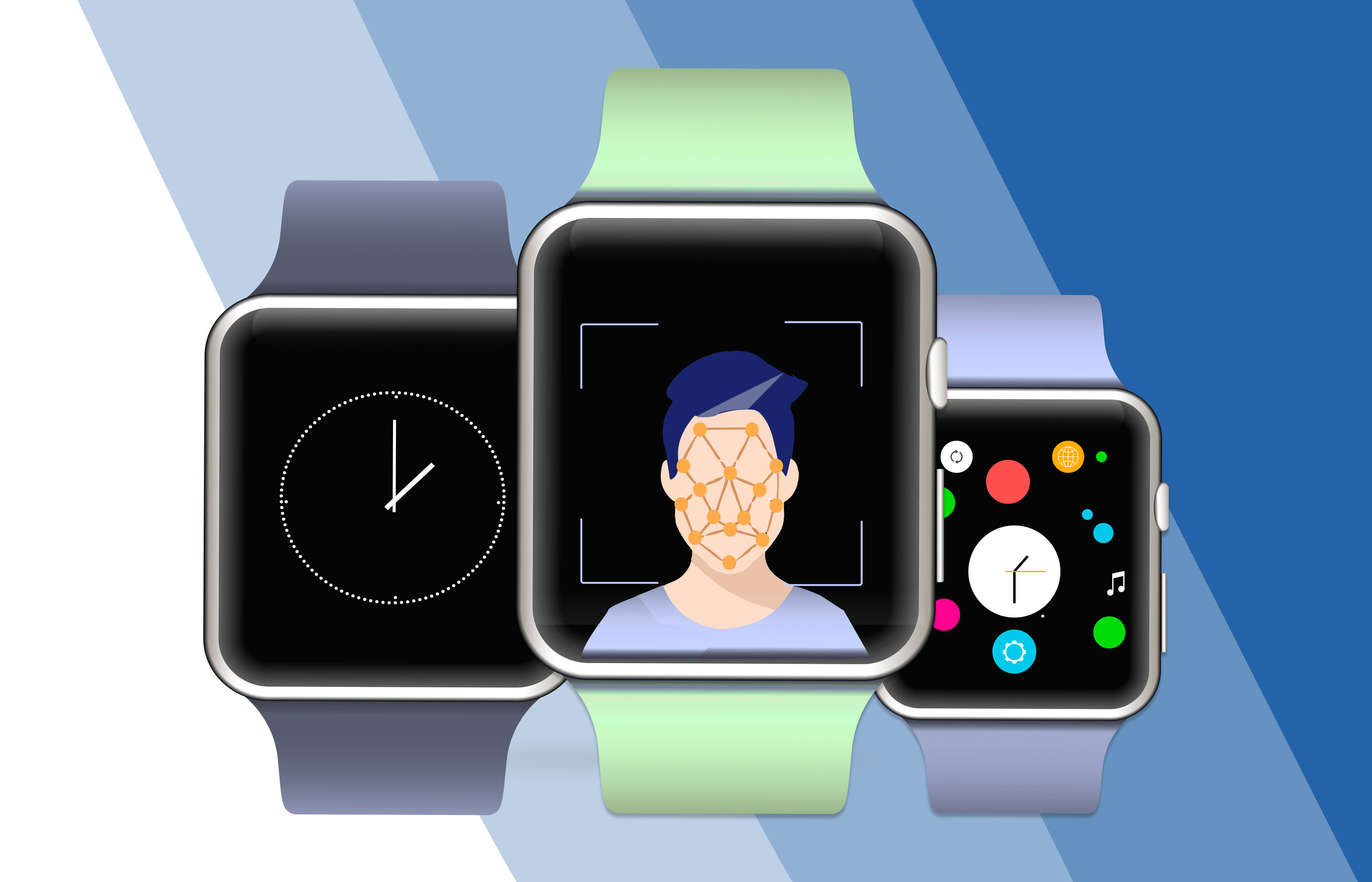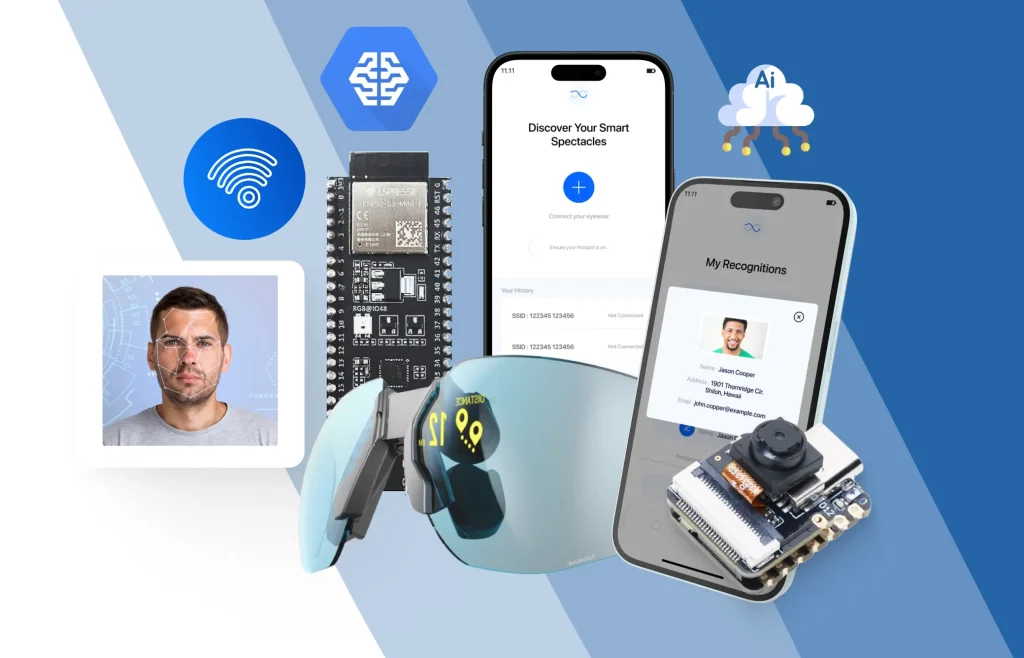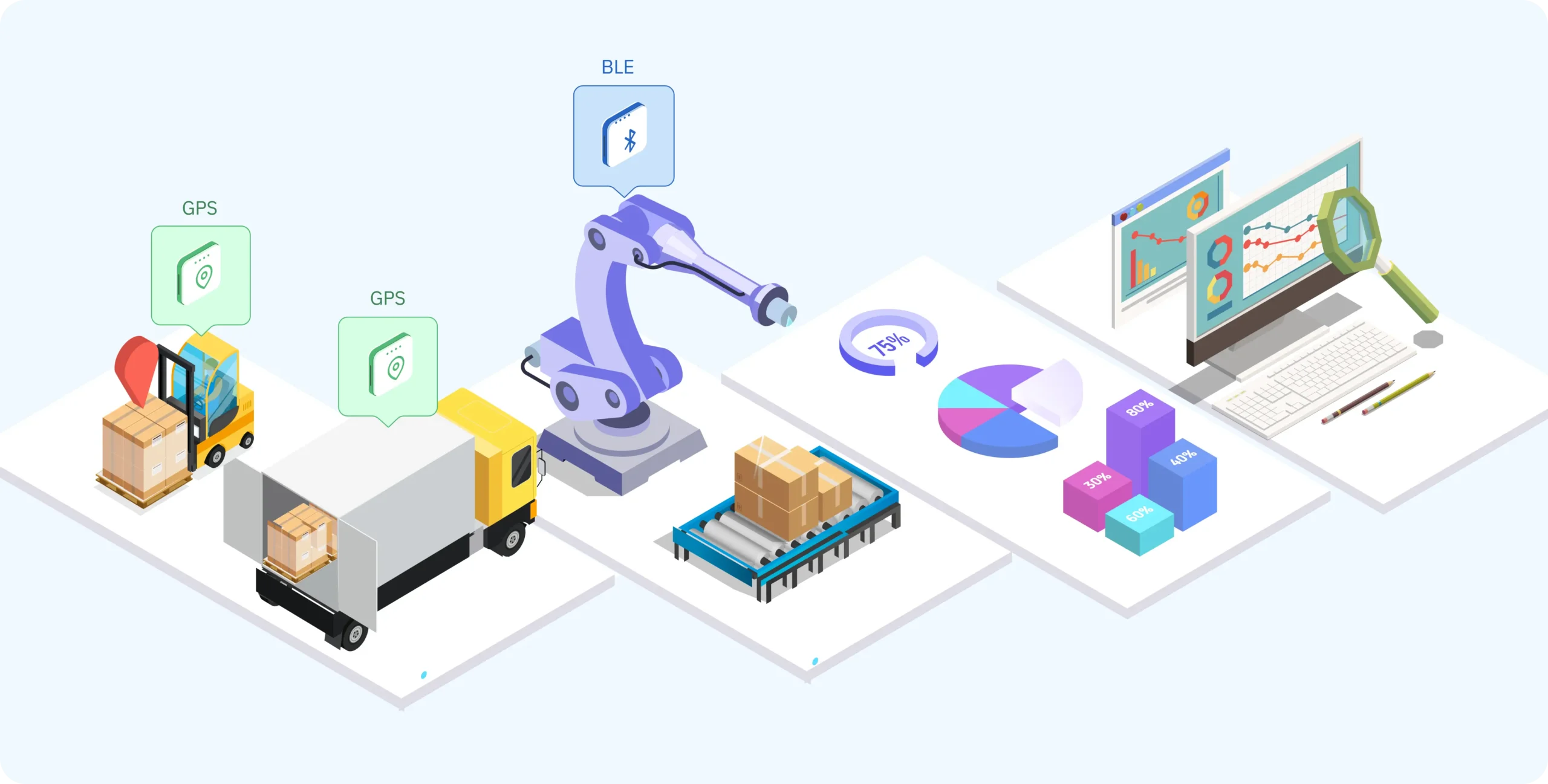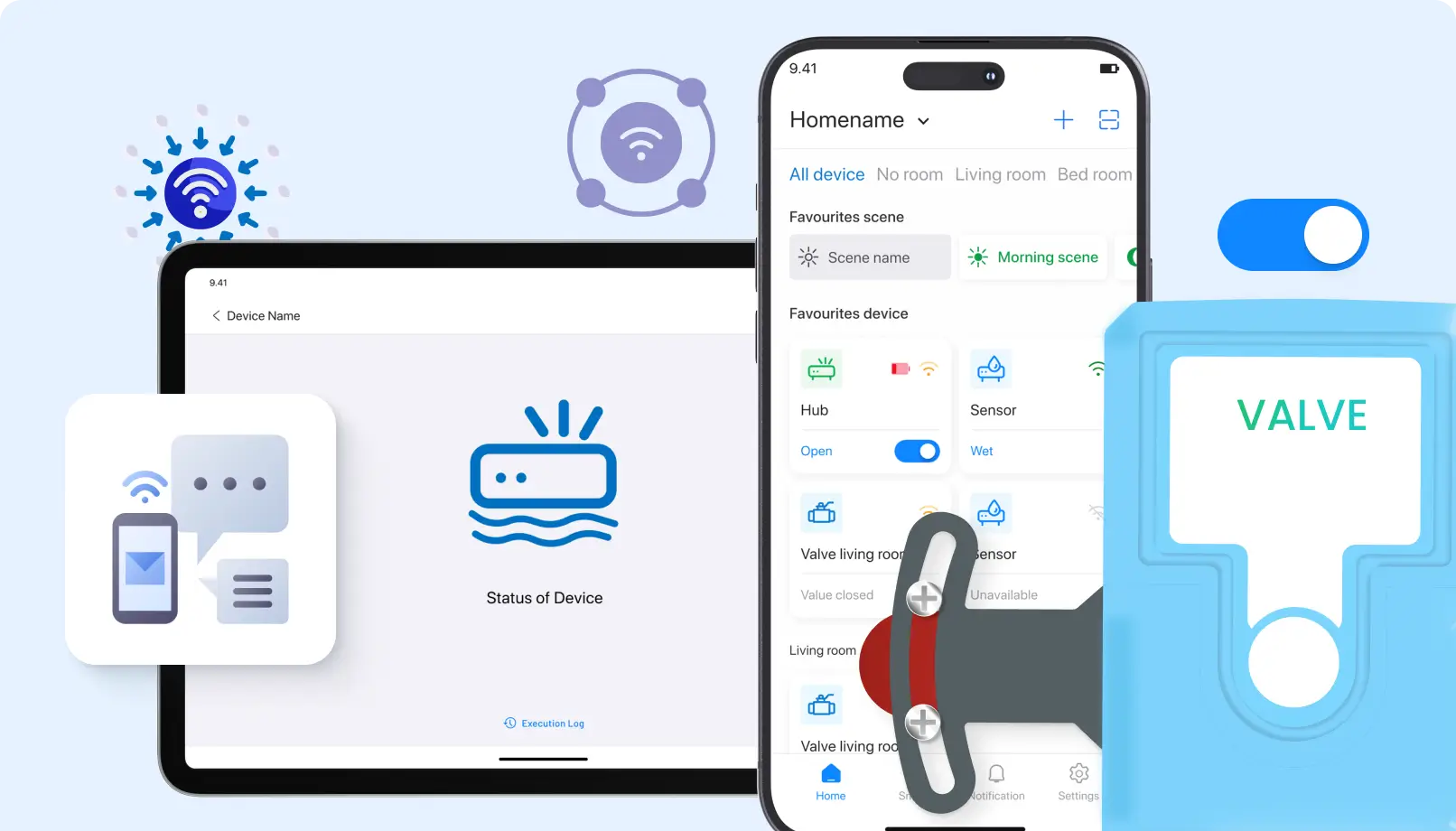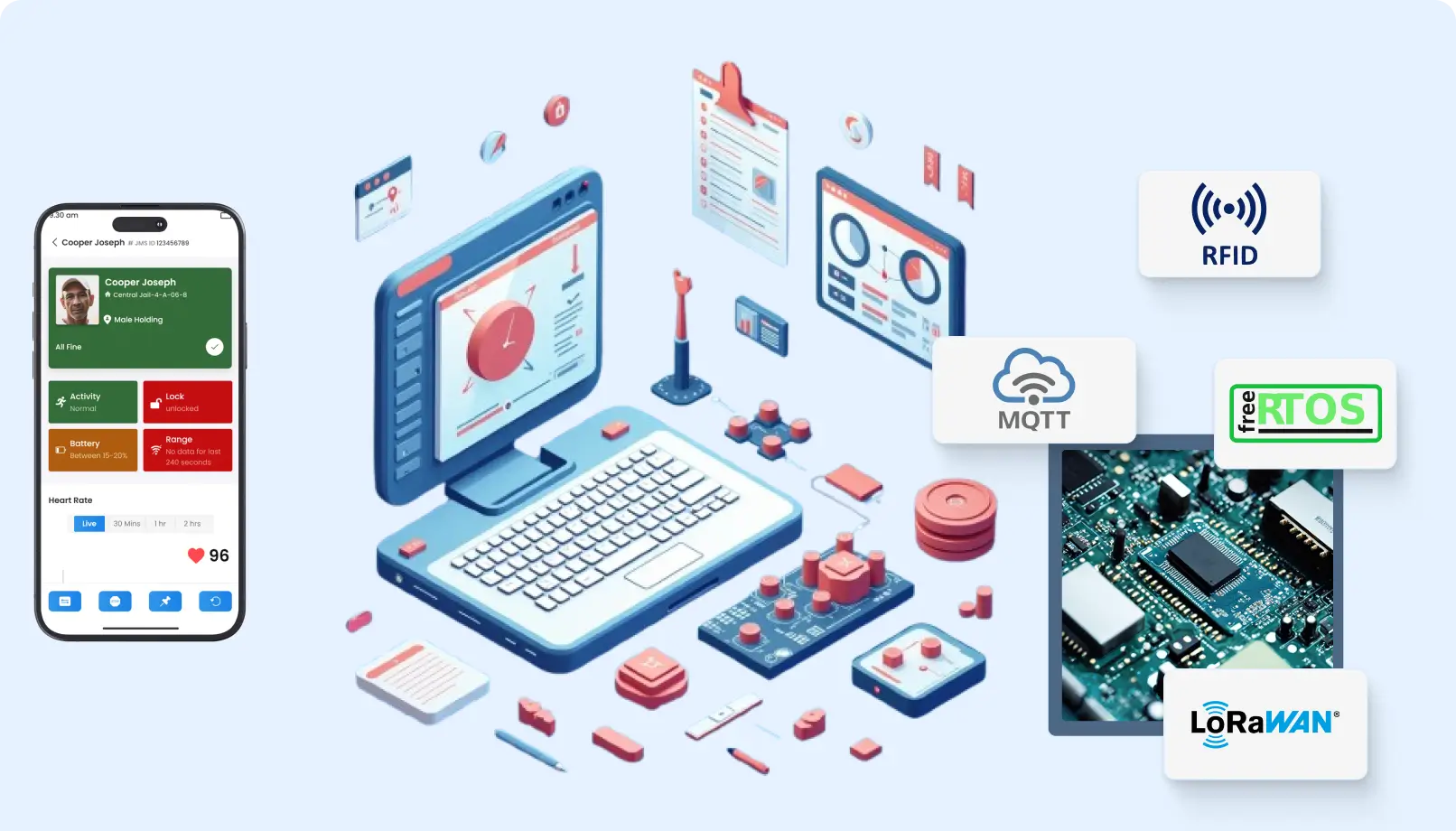Introduction to IoT in Health Care
The healthcare sector has been transformed dramatically by the introduction of Internet of Things (IoT) technology. IoT devices are changing how healthcare providers manage patient care, streamline operations, and enhance decision-making. Among the most powerful tools that have emerged is the IoT dashboard, a central platform that aggregates data from various connected devices, providing real-time insights for healthcare professionals. These dashboards enable healthcare systems to achieve unprecedented efficiency, monitor patients remotely, and provide individualized care.
In this blog, we will explore how IoT dashboards function in healthcare, providing real-world use cases and discussing the significant impact they have on patient outcomes, operational efficiency, and patient engagement.
IoT Dashboard in Healthcare
1. Real-Time Monitoring of Patients
One of the most critical applications of IoT in healthcare is real-time patient monitoring. With the growing use of wearable devices like heart rate monitors, blood glucose meters, and sleep trackers, IoT dashboards allow healthcare providers to continuously monitor vital signs. These devices send real-time data to a centralized IoT dashboard, giving healthcare professionals the ability to remotely monitor critical patient metrics 24/7.
Real-World Use Case: Cardiac Monitoring
A patient with heart disease is equipped with an IoT-enabled ECG device that continuously measures heart activity. The real-time data is transmitted to the IoT dashboard, allowing cardiologists to monitor the patient’s heart rate, detect abnormalities, and intervene if necessary. For example, early warnings for arrhythmias can be detected and trigger alerts, ensuring that the patient receives immediate medical attention.
This advanced system reduces hospital readmissions and improves patient outcomes by preventing major cardiac events.
2. Remote Patient Care
IoT dashboards are invaluable for remote patient care, especially for patients with chronic conditions like diabetes, hypertension, or respiratory diseases. These patients benefit from remote monitoring, reducing the need for frequent doctor visits.
Real-World Use Case: Diabetes Management
A diabetic patient uses a continuous glucose monitor (CGM) that transmits real-time glucose levels to an IoT dashboard, accessible to both the patient and their doctor. The dashboard analyzes trends, helping the physician adjust insulin dosages or recommend dietary changes without requiring in-person consultations.
If blood sugar levels reach a critical point, the IoT device sends alerts to both the patient and the doctor, enhancing care while minimizing hospital visits.
3. Hospital Operational Efficiency
IoT dashboards significantly enhance hospital operational efficiency. They provide data from connected devices like smart beds and environmental sensors, helping hospital staff optimize workflows and respond to emergencies faster.
Real-World Use Case: Smart Bed Management
In a busy ICU, IoT-enabled smart beds equipped with pressure sensors and heart rate monitors transmit real-time data to the dashboard. This allows healthcare staff to monitor multiple patients simultaneously, ensuring immediate response to any sign of deterioration.
By tracking bed occupancy and patient status in real time, hospitals can allocate resources more effectively, improving patient care and reducing operational bottlenecks.
4. Data-Based Insights for Healthcare Providers
IoT dashboards not only provide real-time data but also generate data-based insights for healthcare providers. By consolidating information from multiple devices, healthcare professionals can analyze trends, diagnose conditions early, and personalize treatment plans based on the data.
Real-World Use Case: Early Detection of Chronic Diseases
An IoT dashboard collects data from wearable devices like spirometers and smart inhalers to monitor patients at risk for chronic obstructive pulmonary disease (COPD). By correlating this data with environmental factors, physicians can detect early signs of respiratory decline and adjust treatments accordingly. This leads to better management of chronic conditions and improved patient outcomes.
5. Higher Patient Involvement
IoT dashboards empower patients by providing them with real-time health information. Patients can track metrics like steps taken, heart rate, blood glucose levels, and sleep patterns, motivating them to stay engaged in their care.
Real-World Use Case: Patient Empowerment with Wearables
A patient with hypertension uses an IoT-enabled blood pressure monitor that sends data to an IoT dashboard. By visualizing their blood pressure trends and understanding how lifestyle changes affect their readings, the patient becomes more involved in managing their health. Some IoT dashboards even gamify the experience, awarding points or badges for maintaining healthy habits, encouraging sustained engagement.
Conclusion
IoT dashboards are revolutionizing healthcare by providing real-time monitoring, remote care, operational efficiency, and data-driven insights. These tools are becoming essential for healthcare providers seeking to improve patient outcomes and streamline operations. As the adoption of IoT devices increases, IoT dashboards will play a critical role in transforming healthcare into a more patient-centric, data-driven, and efficient system.
For healthcare providers, IoT dashboards offer the ability to closely monitor patients and prevent emergencies, improving the overall quality of care. Patients, in turn, become more engaged in their health, leading to better outcomes and a higher quality of life.
As IoT in healthcare continues to grow, embracing IoT dashboards will enable a more efficient and sustainable healthcare system, responding to both patient needs and the operational challenges faced by healthcare institutions.
